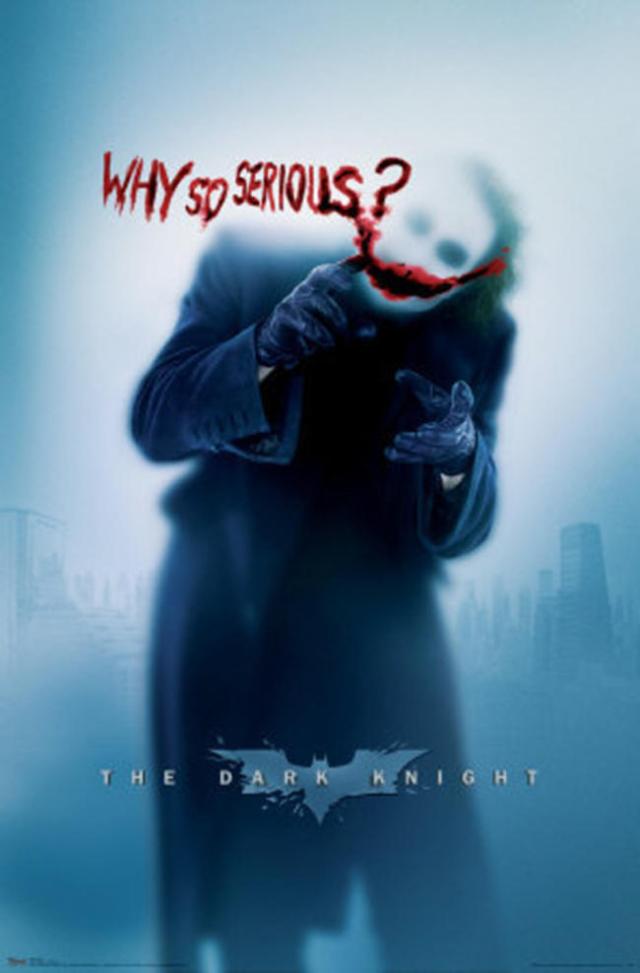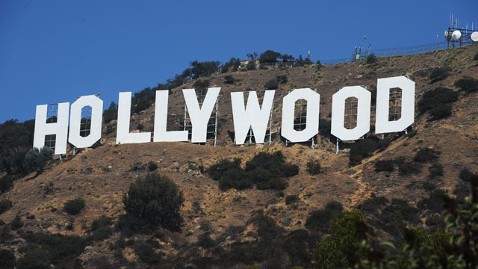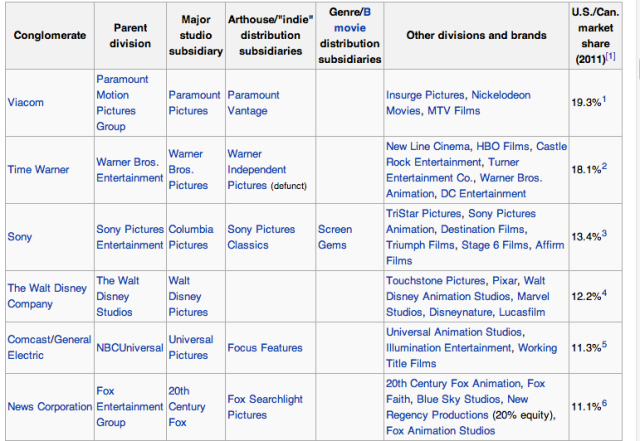“Classical Hollywood cinema or the classical Hollywood narrative are terms used in film history which designate both a visual and sound style for making motion pictures and a mode of production used in the American film industry between 1927 and 1960. This period is often referred to as the “Golden Age of Hollywood.”
Hollywood
Everyone has heard of Hollywood, every person wanting to break into the film/T.V industry aspires to work for a Hollywood studio, but what is Hollywood? Well, Hollywood is the home of many film studios and has been since October of 1911. The ‘big six’ all have studios in Hollywood due the iconic nature of Hollywood and it was the beginning of mass production of film.
The ‘Big ‘Six’.
What is the “Classic Hollywood Narrative”?
The ‘classic Hollywood narrative’ is a type of narrative stylized by film studios in Hollywood. It has a basic linear narrative structure of a beginning; middle and end as opposed to the non-linear narrative structure employed by Director Quentin Tarintino in his Pulp Fiction (1994). Also known as ‘high concept’ films, these types of films can stand alone in a genre and are made with the audience in mind, an example of this is the simple narrative structure; everyone from five years of age to one hundred years of age can understand the movie. The movie is also very goal orientated, as in the main character or a group of characters usually have some sort of goal whether it is financial or personal. There is usually some sort of resolution at the end of ‘high concept’ film
How do you know if you are watching a ‘high concept’ film?
Well, the aesthetics of the film will usually be spectacular and cost a lot to produce. ‘High concept’ films usually have a big Hollywood budget that means they can produce great cinematography and CGI if needed to enhance the aesthetics even further! Due to the continuing struggle of getting funding for an independent film (a film not produced by one of the ‘Big six’ studios) the budget of an independent film would be very small in comparison with the financing provided by a ‘big six’ studio, which allows the director to get the best people for the job and the best equipment in the industry for the job too.
Marketing of a ‘high concept’ film.
The marketing of a film can make or break a film. A expensive advertising campaign like that of The Dark Knight (2008) can really push a film into different markets and reach different types of audiences. The Dark Knight used an extensive viral campaign to promote their movie, also lots competitions, free giveaways and publicity stunts.

One of many posters designed by the marketers of the film part of their extensive marketing campaign.
List of ‘high concept’ films:
- The Dark Knight (2008)
- Snakes on a Plane (2006)
- The Matrix (1999)
- Chicken Run (2000)
- The Fast and Furious (2001)
- Jaws (1975)


